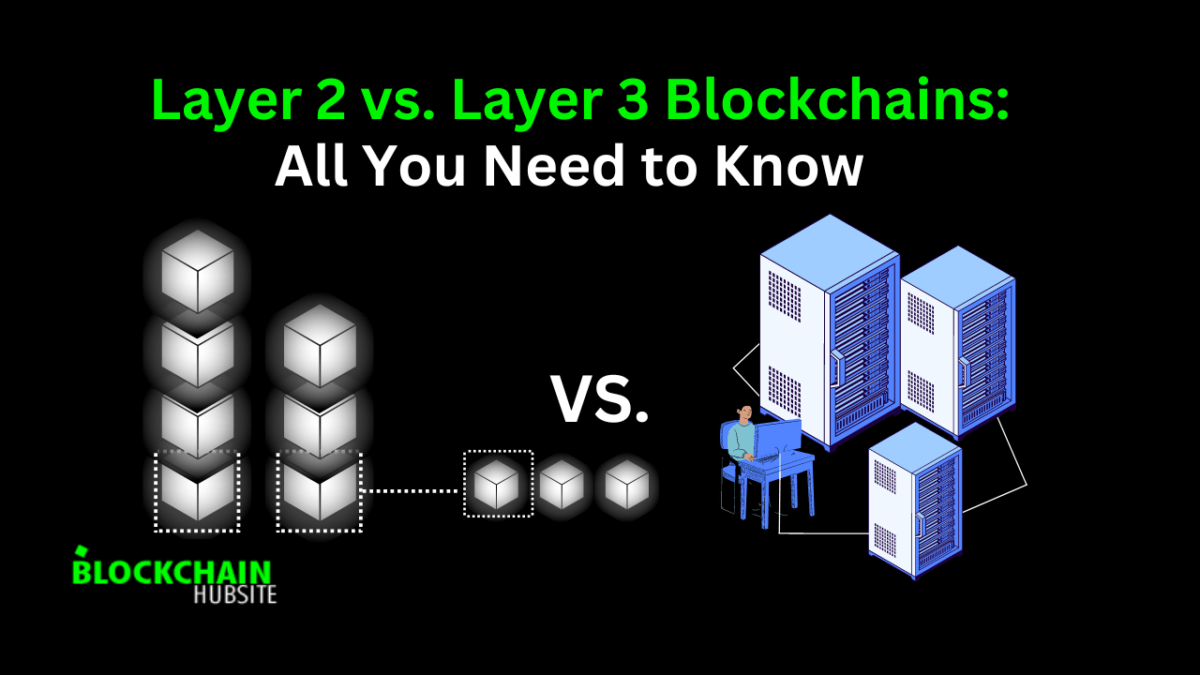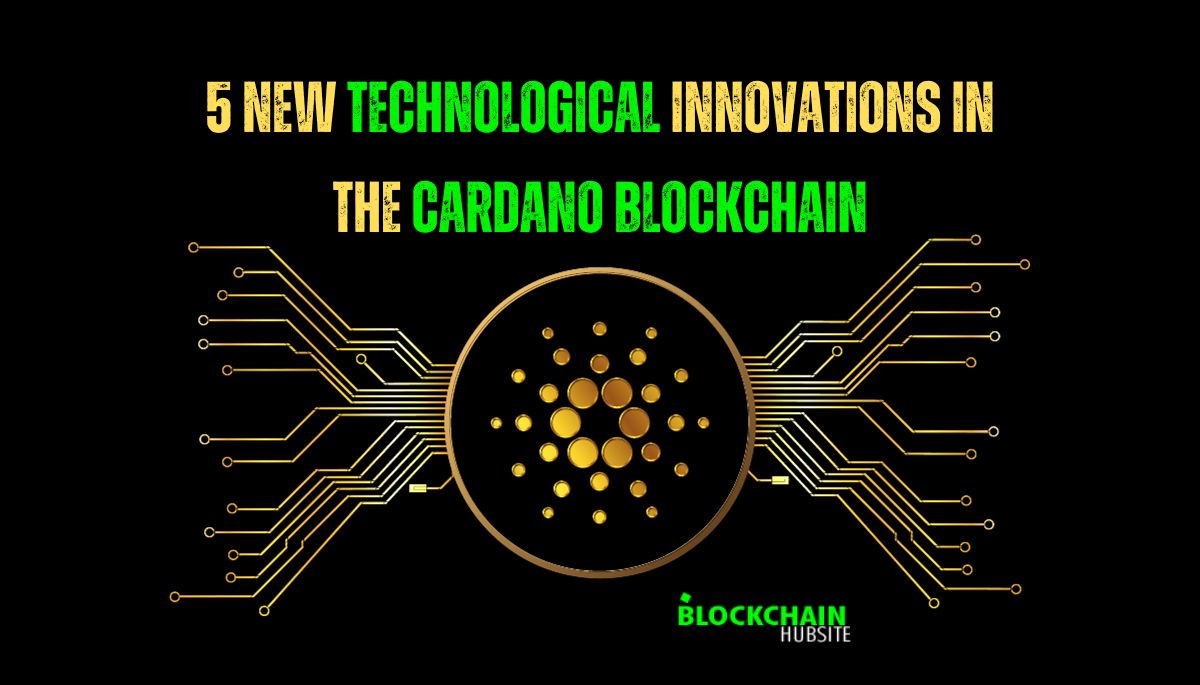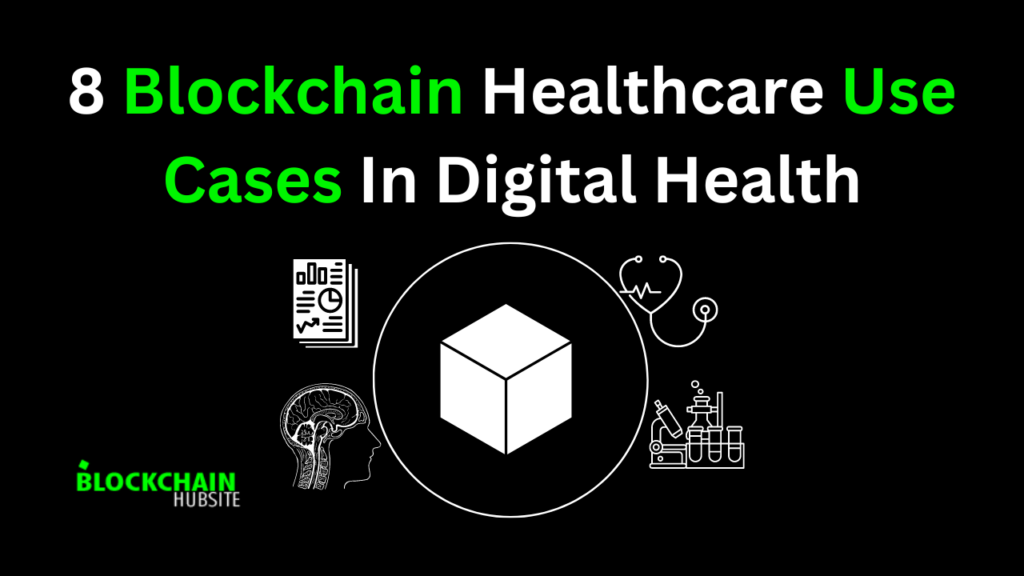
Table of Contents
Blockchain’s exponential development is attracting new users and industries. However, layer one blockchain networks need help scaling to meet demand.
Transactions can be processed off-chain via layer two solutions, making them faster and cheaper. However, interoperability between blockchains needs to be improved in layer 2.
Finally, layer three solutions tackle interoperability by facilitating interaction across distinct blockchain networks. Layer 2 and 3 solutions are crucial for expanding transactions and maintaining compatibility in a growing Web3.
Through off-chain processing, layer 2 helps ease layer one congestion. Layer 3 allows for cross-chain communication. Layer 3 enables decentralized finance protocols to use numerous blockchains, while layer 2 enables the scaling of blockchain networks.
Layer two and three solutions will emerge to accommodate various scalability and interoperability requirements as blockchain technology becomes more widespread.
In this article, we’ll compare and contrast Layer 2 and Layer 3 blockchains to help you better understand their utility and structure. It gives information to both experienced and new blockchain enthusiasts, focusing on innovation and efficiency in these new solutions that are changing the future of blockchain.
What is a Layer-2 Scaling Solution?

Constructing high-performance apps using blockchains such as Bitcoin can be time-consuming and difficult. This is where the benefits of layer-2 solutions become apparent.
By processing transactions off-chain, layer-2 networks reduce some stress on the primary blockchain. This enhances the layer-1 blockchain’s security while lowering congestion and speeding up transactions.
Layer 2 is becoming increasingly important for scaling big networks like Ethereum as demand for Web3 rises rapidly. For example, Ethereum will use various layer-2 solutions to stop congestion when it changes from proof-of-work to proof-of-stake.
By reducing transaction fees, Layer 2 also makes Web3 more accessible. Each layer-2 solution has a unique mechanism but aims to improve layer-1 blockchain throughput.
Layer-2 solutions are analogous to additional blockchains on top of the primary blockchain to increase its scalability and maintain its decentralized nature. They are faster, cheaper, and more secure than alternative solutions.
Bitcoin Lightning Network

A layer two solution that operates on top of the Bitcoin blockchain is the Lightning Network. It allows for cheap, instant transactions that can be settled on the Bitcoin ledger.
The Lightning Network offloads Bitcoin’s main network by use of payment channels. This decreases blockchain congestion as well as transaction prices. It also shares Bitcoin’s decentralized nature and robust security.
Bitcoin’s scalability problems inspired the development of the Lightning Network in 2015. Bitcoin’s ability to support reversed payments increases the cryptocurrency’s utility for commonplace transactions.
Lightning transactions are inexpensive and quick but rely on the Bitcoin system. So, Lightning improves Bitcoin’s scalability and transaction times without compromising the cryptocurrency’s security or decentralization.
It’s a clever way to work around Bitcoin’s inherent price and transaction time weaknesses. This improves Bitcoin’s practicality as an actual currency.
Polygon Network
Polygon was founded in 2017 to address Ethereum’s scalability and high fee problems.
Polygon provides options such as:
- Polygon POS Chain – Polygon POS Chain uses proof of stake to make Ethereum transactions more efficient and inexpensive. Users can stake tokens in exchange for prizes for helping to verify transactions. Facilitates safer networks.
- Polygon SDK – The Polygon Software Development Kit (SDK) is a flexible and scalable framework for creating and releasing decentralized applications. Offers resources for programmers, including pre-made modules
.
- Support for layer two solutions like Optimistic Rollups and ZK Rollups – Bundle transactions before sending them to Ethereum to improve speed and lower costs.
Polygon’s popularity has grown due to its ability to provide faster, cheaper transactions on Ethereum. Its various scalability options let programmers create dApps that can process enormous volumes of transactions without compromising safety or efficacy.
Optimism
Optimism is a layer-2 solution for Ethereum that uses “optimistic rollups” to increase the throughput of financial exchanges. It collects several transactions and validates them on the Ethereum mainnet. This means that there is only one transaction cost for each batch.
Optimism offers the safety of Ethereum with the added benefits of lower fees and quicker confirmation times.
There are two kinds of rollups:
- Zk-rollups – Take computations off-chain with zk-rollups, then send batches of transactions to the Ethereum blockchain at regular intervals for validation.
- Optimistic rollups – Rollups with a positive outlook assume all transactions are legitimate until proven otherwise
.
Optimism thus employs the optimistic roll-up method to off-chain transaction bundling. This improves Ethereum’s scalability by reducing the network’s overall burden.
Arbitrum
Arbitrum is Ethereum’s layer-2 scaling solution. It uses “optimistic rollups” to group events outside of the blockchain. This enhances Ethereum’s scalability and decreases transaction costs without compromising its security.
The Ethereum Virtual Machine (EVM) interoperability of Arbitrum One makes it simple for developers to migrate their apps from Ethereum to the more cost-effective alternative. The purpose of Arbitrum Nova is to try out new things and see what works.
Transactions are processed in a standalone virtual machine, which allows the system to function. These “proofs” are then uploaded back to Ethereum. Within a given time frame, anyone can dispute the evidence. If no evidence of fraud is found, Ethereum will approve the transactions.
This allows the transaction processing to be offloaded, improving the system’s scalability. Scaling Ethereum without compromising its decentralization or security would require innovative methods like Arbitrum’s optimistic rollups.
What is a Layer-3 Network?
Layer 1 and layer 2 network definitions provide the groundwork for answering the question, “What is the difference between layer two and layer three blockchain?” with concrete examples and explanations. Now is the time to consider the next step from layer 2: layer three scaling solutions. If you examine the current Web3 ecosystem, you will notice the steady development of innovative apps and services.
More people join the decentralized web ecosystem because of innovations like DeFi protocols and NFTs. Because of this, apps must be built to scale as their user base expands. Wouldn’t a layer two approach work here? The answer is yes. However, layer two solutions need help to promote interoperability between protocols.
Users are interested in protocols and cross-chain decentralized applications (dApps) that will let them use a variety of decentralized services without any disruptions. As a result, layer three solutions are becoming critically important. Compared to layer one and layer two networks, layer three networks represent a new application layer.
Layer 3 networks make it possible for layer 1 and 2 networks to communicate without interruption and enhance existing blockchain protocols. Layer 3 networks are crucial because they allow communication across various parts of the blockchain and Web3 landscape.
When considering “What is the best layer blockchain?” It is helpful first to consider the benefits of layer-2 networks. Interoperability is not a characteristic of most layer-1 blockchain networks. If data packets could be transferred reliably between protocols on different chains, this issue might be solved with the help of a layer three network.
Application-layer protocols and services facilitate the establishment of interchain connections. As a result, solutions at the third layer can enhance the functionality of cross-chain apps for end users.
Layer 3 Applications
CakeDeFi is one such DeFi program that provides holders of Bitcoin Cash access to services like staking, lending, and liquidity mining. CakeDeFi is built on the DeFiChain fork of Bitcoin. Although DeFiChain keeps “an anchor” to the main Bitcoin chain for certain functions, it is still its blockchain in and of itself.
Several experts in the field think that Bitcoin’s major weakness is that it can’t run decentralized applications. The advent of Ethereum in 2015 marked the beginning of rapid expansion for layer three platforms. There are about 3,000 layer-three applications on Ethereum right now. There is currently $185 billion worth of value in the blockchain-based DeFi apps.
Solana, another top blockchain, is home to more than 500 layer 3 DApps, with a total value of about $15 billion in the network’s DeFi apps.
In contrast, Bitcoin has no layer-3 application that is functional and easily identifiable. Many people question whether or not it’s worthwhile to “force in” DApp features onto BTC with certain projects. Many believe BTC will always be primarily used for transferring crypto funds rather than decentralized applications.
These individuals argue that the market cap of the layer 1 BTC chain (now at $1.3 trillion) is far greater than the sum of all TVLs and market caps of all layer three projects in existence today. Therefore, according to market valuations, Bitcoin may not desperately require layer three features.
Layer 2 vs. Layer 3 Blockchains
| Feature | Layer 2 | Layer 3 |
| Definition | A secondary framework or protocol constructed on top of an existing blockchain system, such as Ethereum, to improve its scalability and efficiency. Rather than directly involving the main chain in processing transactions, the data is handled off-chain and only settled to the main chain at regular intervals. This way, the main chain can handle many transactions without slowing down. | A blockchain network that is completely separate and has its consensus method, transaction validators, and local assets. It is independent of and disconnected from any central chain. This allows the network’s speed, scalability, decentralization, and other characteristics to be optimized separately. |
| Scalability | Very high scalability because a separate network from the main chain handles transactions. This avoids main chain limits. Some Layer 2 architectures can process thousands of simultaneous transactions with a short time to completion. When necessary, scalability can be dynamically modified. | High scalability because the network is separate from the main chain and can be optimised for higher speed without affecting the main chain. Consensus designs, such as distributed ledgers and delegated proof of stake, allow for extremely high throughput. From the start, scalability can be built in. |
| Speed | Transactions are processed quickly because they don’t have to wait for confirmation on the main chain. On Layer 2, users can get fast, definite results. The delay in processing a transaction may be only a few seconds. Transaction speeds are much higher than main chains. | since the network may be optimised for high throughput. DAGs and other consensus mechanisms facilitate instantaneous transaction settlement. With enough network speed, latency can be a few seconds. |
| Fees | Since transfers are handled off-chain, they have very low fees. Users are only required to make main-chain settlement payments regularly. Ultimately, this results in savings. Micropayments are possible. | Transaction fees can be low or high depending on how the network is set up. Transaction costs are deducted from the value of the native asset. Payment processing fees are still cheaper than those of major networks. |
| Interoperability | Can communicate with the main chain by settling transactions to the root chain at regular intervals. Fast asset transfers are possible between the main chain and the second layer. Permits Access to Main Chain’s Stability and Liquidity. | There usually needs to be interoperability with other chains. Separate networks have their independent databases and property. The connection between different chains is difficult and limited. Causes users and resources to become more dispersed. |
| Security | Depends on the security architecture and validator pool of the main chain. Delays in transferring assets can leave you vulnerable to attacks at checkpoints and bridges. Overall less secure than the main chain. | Includes a validator set and security methodology based on a PoS or PoA-style consensus design. There are no reliance relationships on the main chain. Decentralisation and validation policies are crucial to ensuring data security. |
| Censorship Resistance | Reduced censorship resistance because a relatively small validator set is more likely to join. Safeguards are in place on the main chain in case something goes wrong. | Both PoW and decentralised PoS provide high resilience to censorship. It’s easier to exploit PoA and DAG structures. |
| Examples | State channels, sidechains, plasma chains, optimistic rollups, ZK rollups. | Polkadot, Cosmos, Avalanche, Flow, Solana, Algorand, Hedera, Elrond. |
Conclusion
In conclusion, both Layer 2 and Layer 3 provide ways of scaling blockchains beyond their inherent boundaries. When comparing Layer 2 vs. Layer 3 blockchains, each solution offers advantages and disadvantages.
For many use cases, layer 2 solutions such as state channels and sidechains can provide faster and cheaper transactions. However, in comparison to the main chain, they compromise some decentralization and security.
Layer 3 blockchains go a step farther by altering the fundamental technology. While this allows for significant scaling improvements, it also necessitates the creation of a whole new ecosystem and community around the new chain.
Blockchains at Layers 2 and 3 do not clearly have an advantage over one another. The optimal method depends on the precise objectives and trade-offs desired for a certain blockchain and its applications.
However, both levels are making promising advancements in blockchain technology. The scaling debate is likely to continue as projects develop on both layers.




